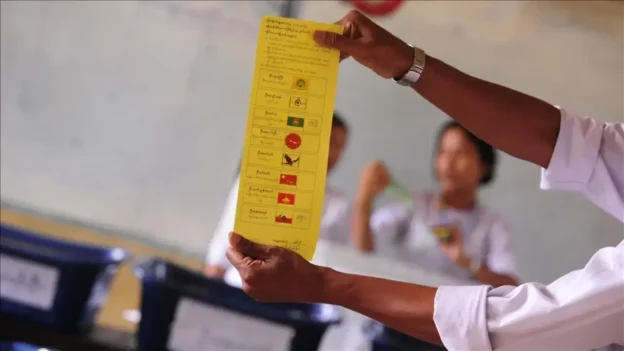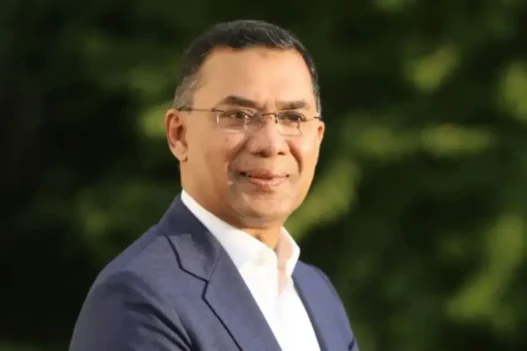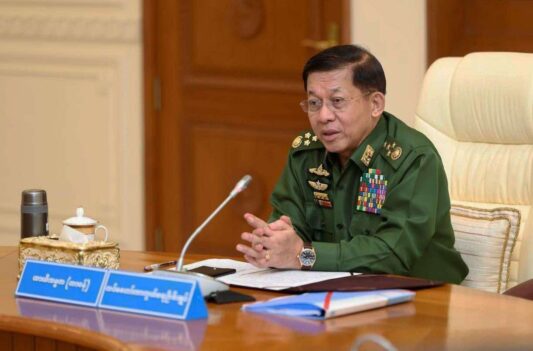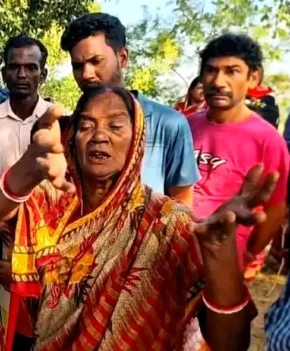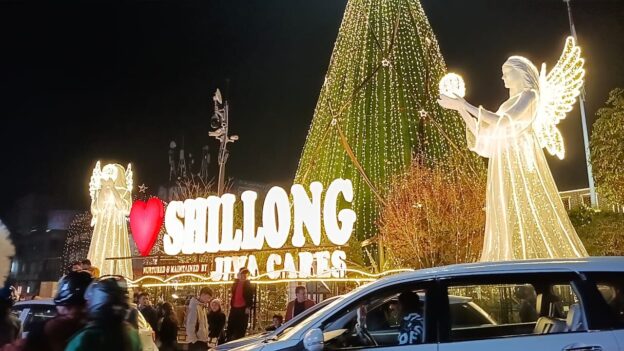The Gen Z uprising has already redrawn Nepal’s political map, yet history shows that the hardest test comes after the streets fall silent. From popular movements in Sri Lanka to Bangladesh to Indonesia, the danger has rarely been the protest itself but the vacuum it left behind. Nepal now faces that same uncertainty: a leaderless movement powerful enough to topple a prime minister but too diffuse to steer a state. Inspiration carried the youth to the barricades, yet inspiration alone cannot govern. With the army in the streets, parties discredited, and whispers of monarchy growing, the future hangs precariously in the balance.
To understand what happened on the streets of Kathmandu and what awaits Nepal, we spoke to those in the thick of events in the capital as well as scholars in India who study Nepal closely.
The question now is larger than the protest itself. A leaderless movement can inspire, but a leaderless state cannot endure. The region watches with unease, for the uncertainty in Nepal does not stop at its borders—and one question lingers with brutal clarity: who, if anyone, will inherit this revolution?


